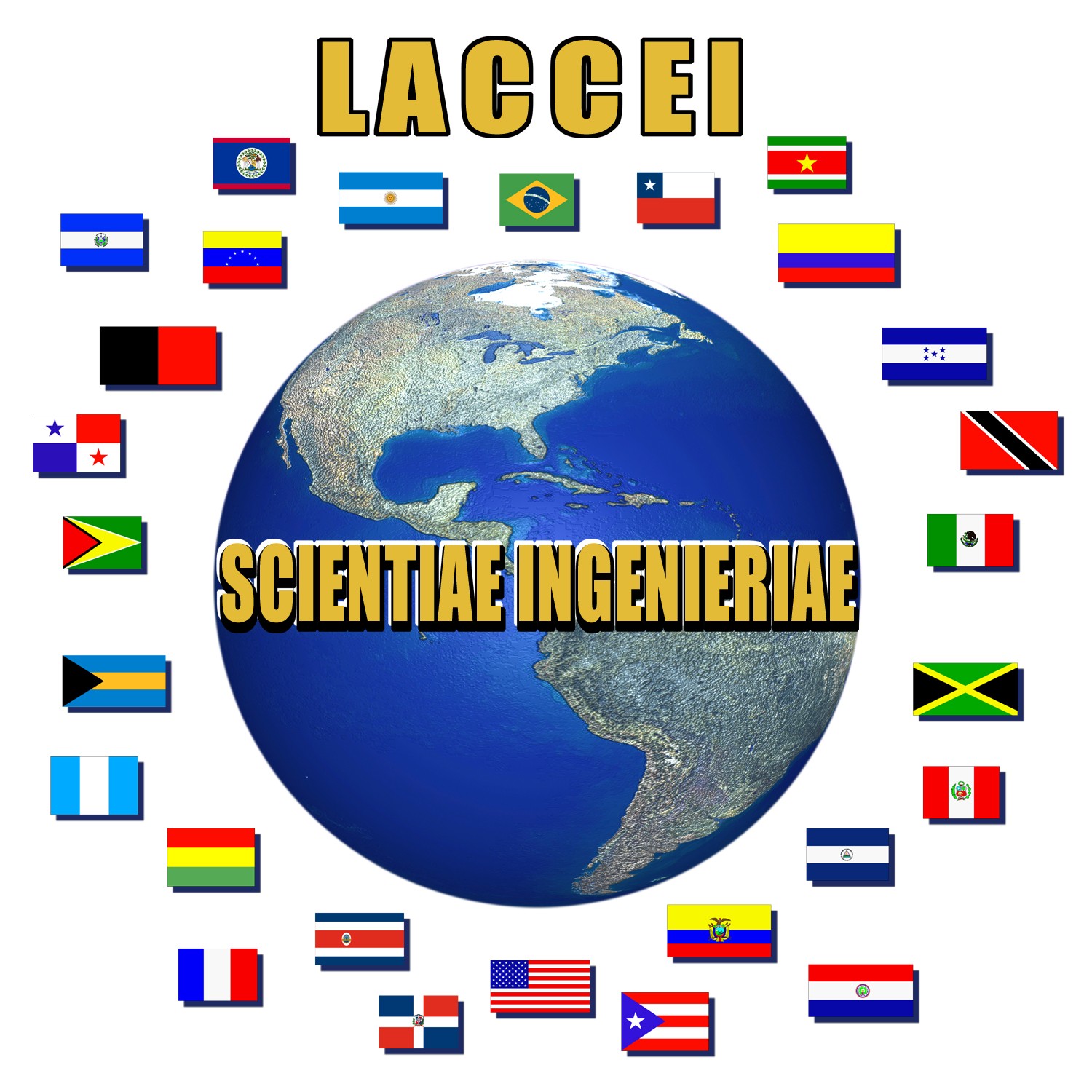
Latin American and Caribbean Consortium of Engineering Institutions
ConferenceTrack: Sustainable
Engineering
Keywords:
Water Quality, Reservoir, Panama, ERDC, Panama Canal
Contact Title:: Dr.
Contact First Name: Billy
Contact Last Name: Johnson
University:
U.S. Army Corps of Engineers Research and Development Center
Web:
www.wes.army.mil
Position:
Research Civil Engineer
Country:
United States
Email:
Billy.E.Johnson@erdc.usace.army.mil
Fax:
(601) 634-3129
PANAMA CANAL - RESERVOIR WATER QUALITY EVALUATION STUDY
Abstract:
The Panama Canal Authority (ACP) operates the Panama Canal which
connects the Atlantic and Pacific Oceans across the isthmus of Panama
allowing for the passage of ocean going vessels.
The canal has a length of 80 kilometers and capable of traversing
vessels up to 294 m long with maximum drafts of 12 m. Most portions of the canal are above sea level in a man-made
reservoir, Gatun Lake. The Engineer Research and Development Center (ERDC)
investigated the feasibility of expanding the canal system by constructing
additional reservoirs to increase water availability for navigation.
Currently, Gatun Lake and Lake Madden produce adequate quantities
of water for navigation, power generation, and water supply. In the
future, there is concern that an increase in the number of ships using the
canal, coupled with drier conditions, could result in situations where
there is inadequate water for canal operations. ERDC studied the addition
of a new reservoir, Río Indio, to the west of Gatun Lake. Waters from the
reservoir would be transferred via channels and a tunnel to Gatun Lake.
The purpose of this study was to assess what the expected water quality
would be in the proposed reservoir of the western watershed and what
impacts might occur due to inter-basin water transfers from the proposed
reservoir to Gatun Lake with respect to the existing water quality. This
paper will discuss the modeling results and the conclusions and
recommendations offered on the various scenarios simulated.
Mailing Address:
3505 Halls Ferry Road
Vicksburg, MS. 39180
Phone:
(601) 634-3714
Authors:
Dr. Billy E. Johnson (P)
Billy.E.Johnson@erdc.usace.army.mil
Environmental Laboratory
U.S. Army Corps of Engineers (ERDC)
Dr. Barry W. Bunch
Barry.W.Bunch@erdc.usace.army.mil
Environmental Laboratory
U.S. Army Corps of Engineers (ERDC)